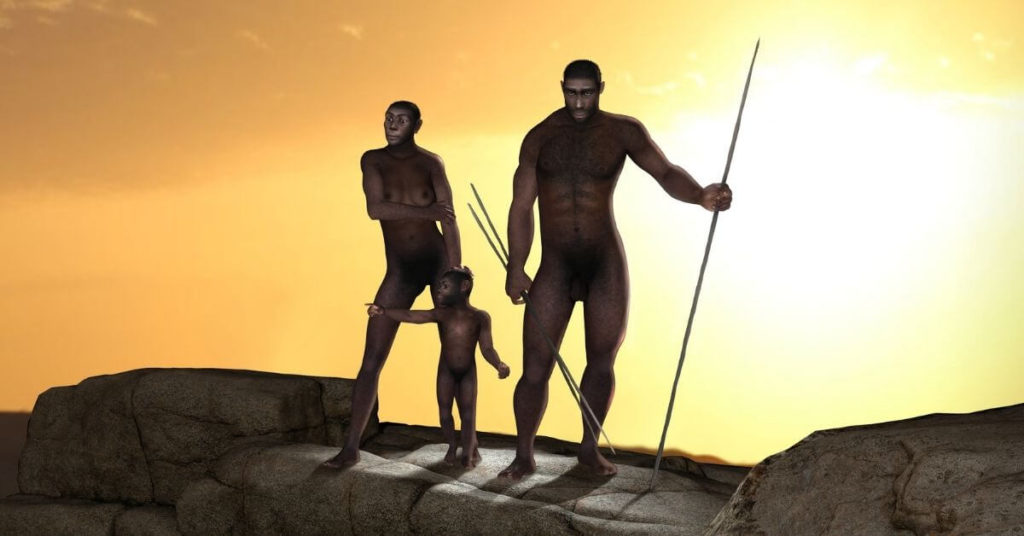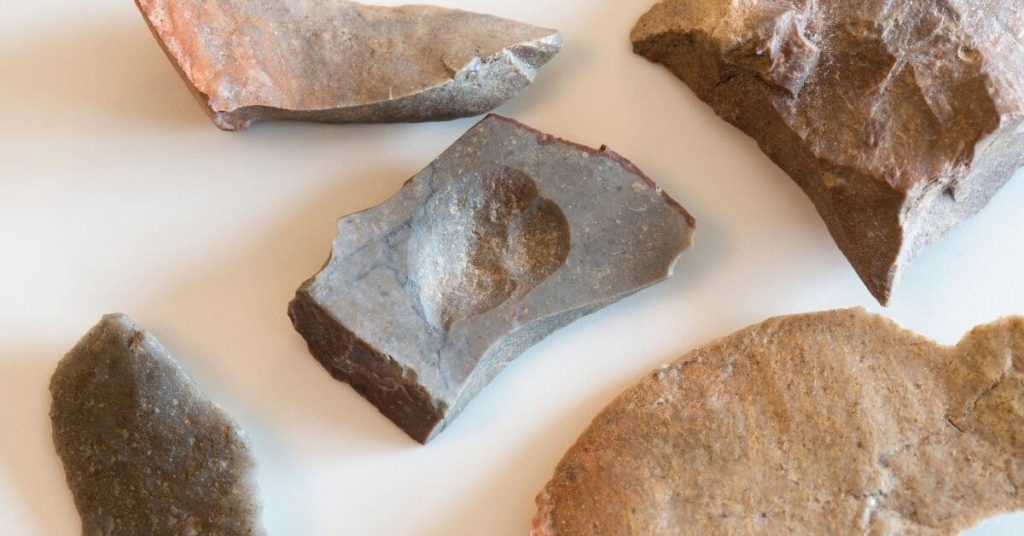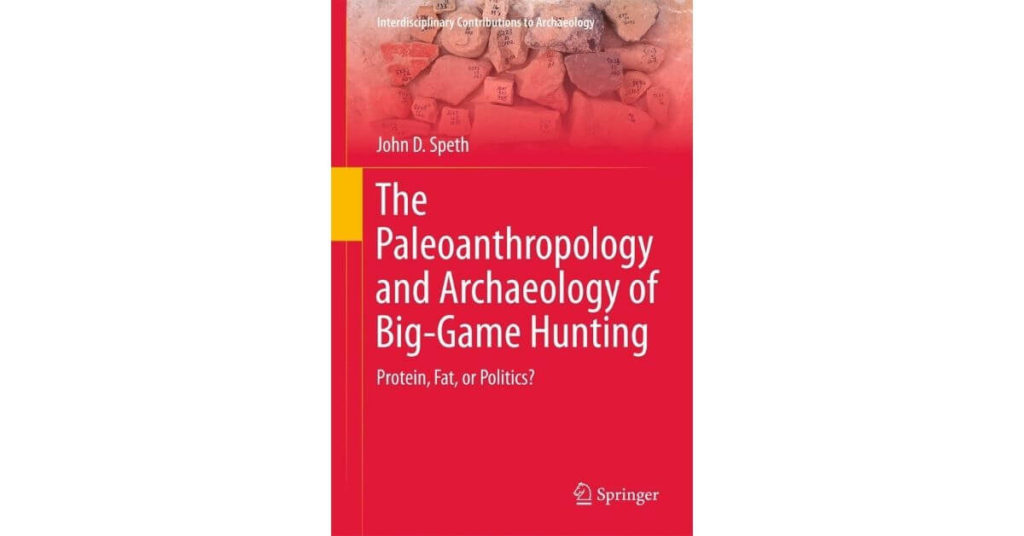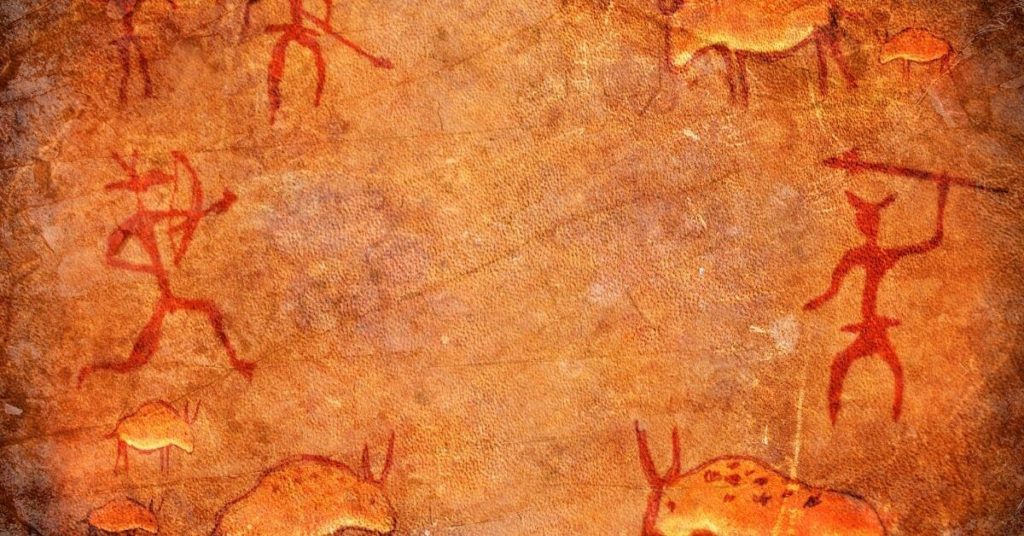Introduction
In the quest to understand our origins, the dietary habits of our ancestors have always been a topic of intrigue. This article delves into the fascinating subject of why our forebears incorporated meat into their diet, a shift that played a pivotal role in human evolution.
We explore the nutritional benefits of meat, the ingenious ways our ancestors processed it, and how this calorie-rich food source contributed to the development of our complex brains.
We also touch upon the concept of the ‘Optimal Foraging Theory‘ and the preference for fat in hunting decisions.
Join us as we journey back in time, shedding light on the importance of meat in the ‘Proper Human Diet’ and how it shaped us as a species.
Why?
“Why” questions are tough to answer about our human past. Yet, we can examine the benefits that bone marrow and meat provide.
Bone marrow and meat Meat are calorie-dense resources with essential amino acids and micronutrients.
And sea-food offers resources rich in nutrients needed for humans to grow their brains. It is the proper human diet.
Once our human ancestors shifted to even occasional meat-eating, making it a significant part of their diet didn’t take long.
There’s ample archaeological evidence that by two million years ago, the first Homo species were eating meat regularly.

Are humans designed to eat meat?
For six million years of human evolution, our brain size increased by 300 percent.
Our complex brains can store and process decades of information, solve multifactorial problems, and formulate abstract ideas and images.
So, increasing animal food consumption and eating the proper human diet could have enabled our ancestors to improve their body size without losing agility, mobility, or sociality (Milton 1999).
But what was the quantity and frequency of nutrients obtained by hominins from animal tissues versus other foods?
This post may contain affiliate links, and as an Amazon Associate, I earn from qualifying purchases that help keep this content free. (Full disclosure).
The Human Body: Designed for Meat Consumption
Dr. Ken Berry, a renowned advocate for the carnivore diet, posits that the human body is fundamentally designed to consume meat.
Several pieces of evidence substantiate this claim.
Firstly, the human anatomy itself, equipped with sharp canine teeth and a relatively short digestive tract, is inherently adapted for meat consumption.
Secondly, the nutrient composition of meat is highly beneficial for human health, providing essential nutrients such as protein, iron, and zinc. Lastly, the history of human evolution supports this claim.
Our early ancestors were predominantly hunter-gatherers, subsisting mainly on a meat diet.
Benefits of the Carnivore Diet
The carnivore diet, according to Dr. Berry, offers a plethora of health benefits.
These include weight loss, improved blood sugar control, reduced inflammation, increased energy levels, clearer skin, and better sleep.
He emphasizes that “meat is the most nutrient-dense food on the planet” and that “the human body is designed to thrive on a diet of meat.”
He also notes that plant-based diets often lack essential nutrients. However, he also stresses that there is no one-size-fits-all diet, and what works for one person may not work for another.
Therefore, if you’re considering the carnivore diet, it’s crucial to consult with your doctor first.
Dr. Ken Berry’s work is an excellent resource if you’re interested in learning more about the carnivore diet. His insights have helped many people improve their health through the carnivore diet.
Stone tools became our ancestor’s “second teeth.”

Archaeologists have found thousands of flaked stone tools and fist-sized hammerstones near large piles of animal-bone fragments with corresponding cutter marks at sites in Kenya dating back to two million years ago.
Stone tools could also function as a second set of teeth. They can strip hunks of flesh from an animal carcass or break skulls and bones to get to the nutrient-rich marrow or brains inside.
So, by pre-processing meat with tools, our ancestors made animal flesh easier to chew and digest.
Hominins at the famous and historical sites FLK 22 and FLKN 1-2, Olduvai Gorge, broke long bones of small to medium-large mammals in direct proportion to their estimated gross caloric yield from marrow fat (Blumenschine & Madrigal 1993 – but see Bunn et al. 2010 for a different interpretation of hominin behavior at FLKN 1-2).
What is the optimal foraging theory?
The long bone excess of medium-large mammals at FLK 22 also correlates significantly and undoubtedly to marrow bones’ net yield (Blumenschine & Madrigal 2000).
Optimal foraging theory dictates that foods in the optimal diet, like the proper human diet, are expected to be eaten whenever encountered; the carcass encounter rate depends on various ecological variables (Blumenschine & Pobiner 2006).
It indicates that by at least 1.8 million years ago, carcass-processing decisions may have considered the energy yield of various foods.
Assuming opportunistic encounters with carcasses, these net yields are comparable to, or higher than, those for most, if not all, non-mammal food items harvested by tropical hunter-gatherers (Blumenschine & Pobiner 2006 and references therein).

The meat was the ancestor’s original “brain food.”
The modern human brain is much larger than that of other primates and three times the one held by our distant ancestor Australopithecus, the predecessor of Homo.
But those vast brains come at a cost because they require tons of energy. Our brains consume twenty percent of our body’s total energy.
Compare that to dogs and cats, whose brains need only three to four percent of total energy.
So, fatty meat was critical in boosting energy intake to feed the evolution of those big, hungry brains.
Some scientists argue that meat is what makes us human. It was the proper human diet that made us successful as a species.
I hope this article has been helpful. There’s much more to discuss than the Proper Human Diet or PHD Diet.
I hope this website can serve as a valuable resource for those interested in this way of eating.
Were Humans Fat Hunters?
Speth, John D., a well-respected zoologist who wrote in a must-read book about hunting, “Big-Game Hunting,” in 2010. Early in his career, he concluded that, and I quote, “Fat, not protein, seemed to play a very prominent role in the hunters’ decision about what animal (male vs. female) to kill and which body parts to discard or take away.”

If you want to know the basics of the Proper Human Diet, including a 7-day meal plan, then head over to this post called; Proper Human Diet: A Beginner’s Guide.
FAQ
- Why did our ancestors start eating meat? Our ancestors started eating meat because it is a calorie-dense resource with essential amino acids and micronutrients. Once our human ancestors shifted to even occasional meat-eating, it didn’t take long to make it a significant part of their diet. There’s ample archaeological evidence that by two million years ago, the first Homo species were actively eating meat on a regular basis.
- Are humans designed to eat meat? Yes, humans are designed to eat meat. For six million years of human evolution, our brain size increased by 300 percent. Increasing animal food consumption and starting to eat the proper human diet could have enabled our human ancestors to improve their body size without losing agility, mobility, or sociality.
- How did our ancestors process meat? Archaeologists have found thousands of flaked stone tools and fist-sized hammerstones near large piles of animal-bone fragments with corresponding cutter marks at sites in Kenya dating back to two million years ago. Stone tools could also function as a second set of teeth, stripping hunks of flesh from an animal carcass or breaking skulls and bones to get to the nutrient-rich marrow or brains inside.
- What is the optimal foraging theory? The optimal foraging theory dictates that foods in the optimal diet, like the proper human diet, are expected to be eaten whenever encountered; the carcass encounter rate depends on various ecological variables. It indicates that by at least 1.8 million years ago, carcass-processing decisions may have taken into account the energy yield of various foods.
- Why is meat referred to as the ancestors’ original “brain-food”? The modern human brain is much larger than that of other primates and three times the one held by our distant ancestor Australopithecus, the predecessor of Homo. These huge brains come at a cost, as they require tons of energy to operate. Fatty meat played a critical role in boosting energy intake to feed the evolution of those big, hungry brains.
- Were humans fat hunters? According to John D. Speth, a well-respected zoologist, fat, not protein, seemed to play a very prominent role in the hunters’ decision about what animal (male vs female) to kill and which body parts to discard or take away.


